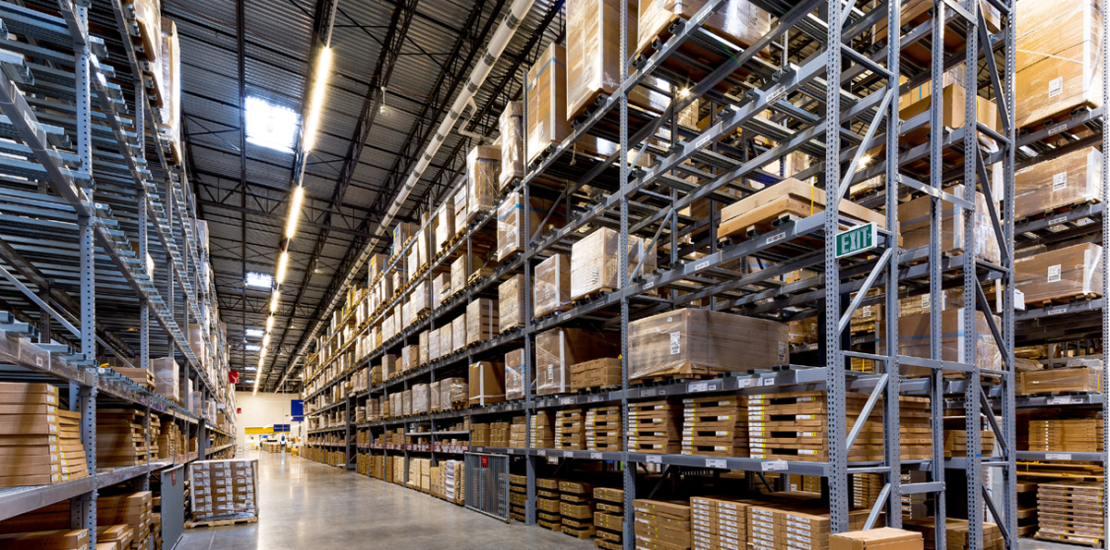
Warehouse optimization
Optimizing Warehouse is crucial not only during the time of new implementation but as a routine maintenance activity as well.
It is highly important that every organization understands that warehousing plays a very crucial role within a supply chain; They act as a cushion to iron out the variabilities within the supply chain and also a crucial touchpoint before the product reaches the customer.
In this current era, Warehousing is one of the crucial pillars within the supply chain strategy which would yield the organization, a competitive edge in the market they operate.
“Optimized Warehouses operate at more than 70% cubic space utilization, highest standards of LPMH & OTIF, seamless material flow and safe operations”-Alvis Lazarus
Warehouse optimization is a three pronged approach:
The key performance indicator here is the cubic space utilization of the warehouse. Space utilization is achieved through quantitative space analysis and design of each and every square foot within the warehouse. Multiple tools like concepting, slotting, storage design, processing area design, and so on are used to efficiently design a warehouse and optimize space.
Material flow within a house will impact the overall safety and productivity of the warehouse. Optimizing flow starts right from the time the organization decides to hire or build a warehouse. Location of the facility, size, and shape of the facility, position of entry and exit, design of workstations, design of aisles, design of material handling, choice of equipment’s, material handling, and warehouse standard operating procedures – all of these impact the flow within the warehouse. Flow optimization ensures all the factors stated above are designed and implemented with perfection.
The key performance indicator of resource optimization is lines per man-hour. It is one of the toughest metrics to be set in a warehouse but a mandatory one to ensure the productivity of the warehouse is intact. Work-study, GEMBA study, spaghetti diagram, Six Sigma tools, lean methodologies, and various other techniques are used to measure and improve the productivity within a warehouse.

